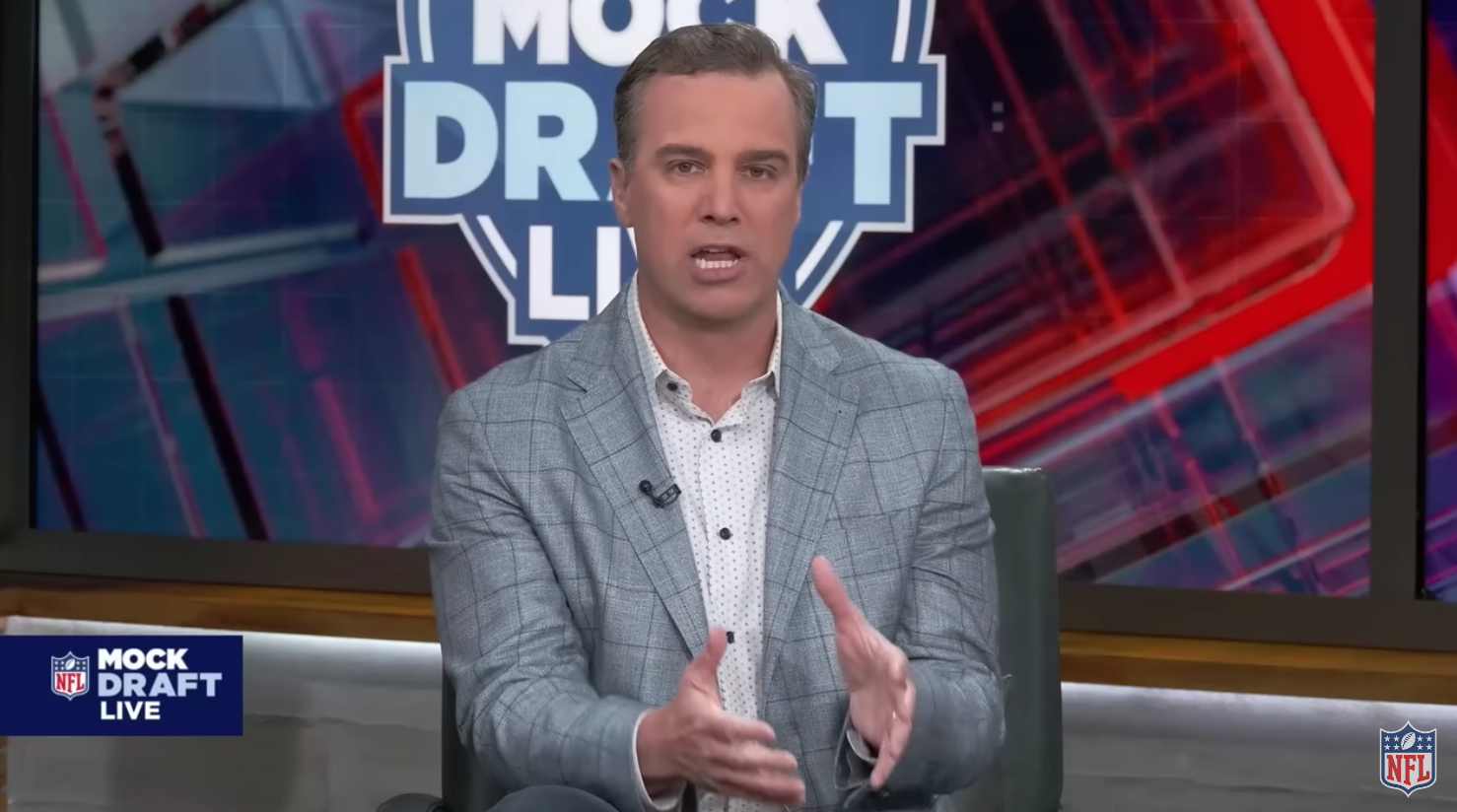The Diamond Sports Group had a quarterly earnings call on Monday, and there were several interesting takeaways.
First, subscriber losses continue to plague the Bally Sports RSNs. Rob Weisbord, Sinclair’s President of Broadcast and COO, cited “higher than expected subscriber churn” as a reason for lower than expected distribution revenue.
Scott Shapiro, Diamond’s CFO and COO, elaborated and said that the subscriber churn had increased to 10%.
Diamond’s revenues were $684 million in the third quarter, distribution revenues of $565 million reflect an increase in subscriber churn to 10%.
In this quarter a year ago, Sinclair’s distribution revenue was $633 million to go along with total media revenue of $759 million. Overall distribution revenue of the first three quarters of 2022 is $1.809 billion, compared to $1.997 billion over the first three quarters of 2021. Media revenue over the first three quarters of 2022 has declined to $2.144 billion from $2.365 billion a year ago.
Diamond is also bracing for a further decline in distribution revenue in the fourth quarter.
We expect distribution revenue to decrease for the three months ended December 31, 2022, as compared to the three months ended September 30, 2022, primarily due to subscriber erosion.
On the earnings call, Sinclair President and CEO Chris Ripley talked a bit about Bally Sports+, Sinclair’s direct to consumer offering. He didn’t want to dig into subscriber numbers or revenue given the relatively short time since the service’s launch, but did say this about Sinclair’s pricing strategy for Bally Sports+.
And we wanted to maximize revenue, not maximize subscribers. And given this was about adding extra incremental cash flow to Diamond, the maximum revenue was the objective, and a $15 to $20 price point per month, which it’s around $15 for our annual and it’s about $20 for our monthly, was the – that was the range for revenue maximization, not subscriber maximization.
Ripley also said some interesting things about pricing going forward, not ruling out price increases *or* price decreases, with the latter being made up for by subscribers spending money in other ways on the app.
Now, over time, pricing obviously may change. I feel like the – when we did this research, which was about two years ago, relative pricing has increased in streaming land. And so, the relative value of what we’re offering, I think, has only increased because we essentially are using the same price points that we envisioned two years ago. The rest of the streaming marketplace has gotten more expensive.
So, arguably, we might have some pricing power to go up, but we’re in the early stages right now. And until we build out the rest of the monetization around gamification, commerce, various social sharing, et cetera. That is, I think, going to be a major driver of ARPU going forward since these sports fans are so passionate. They spend multiples more than regular streaming users on these ancillary items. And so that I think over time, you’ll see the ARPU skew more into these other areas of the ecosystem as we develop the app further, and there’ll be less reliance on subscriptions.
Now, does that mean we reduce our price over time? Perhaps, or that means that just that the most of the growth is coming from the other areas.
This is all well and good, but Bally Sports+ really needs to worry about attracting more subscribers in the coming weeks and months, along with getting more MLB teams on board with the service prior to the start of the 2023 season.
[Transcript via Seeking Alpha, earnings via SBGI]







